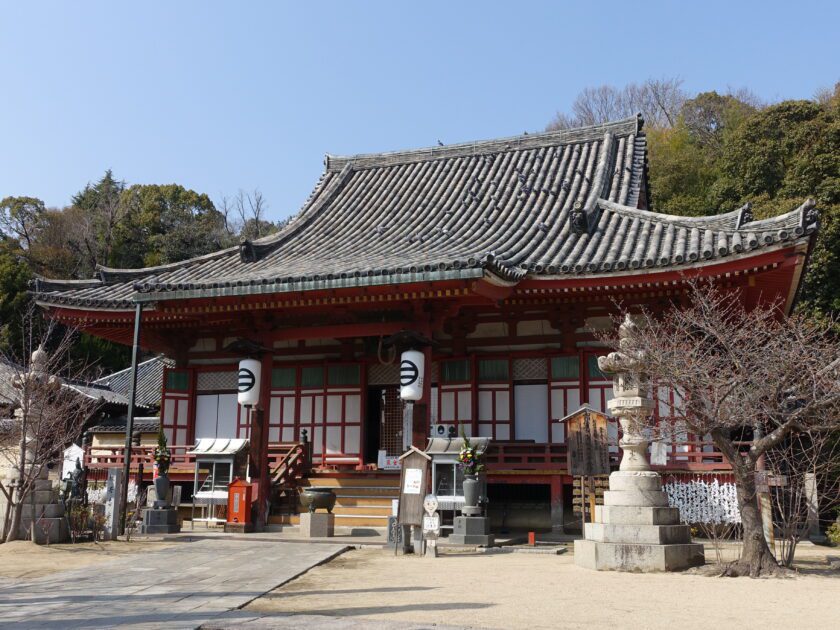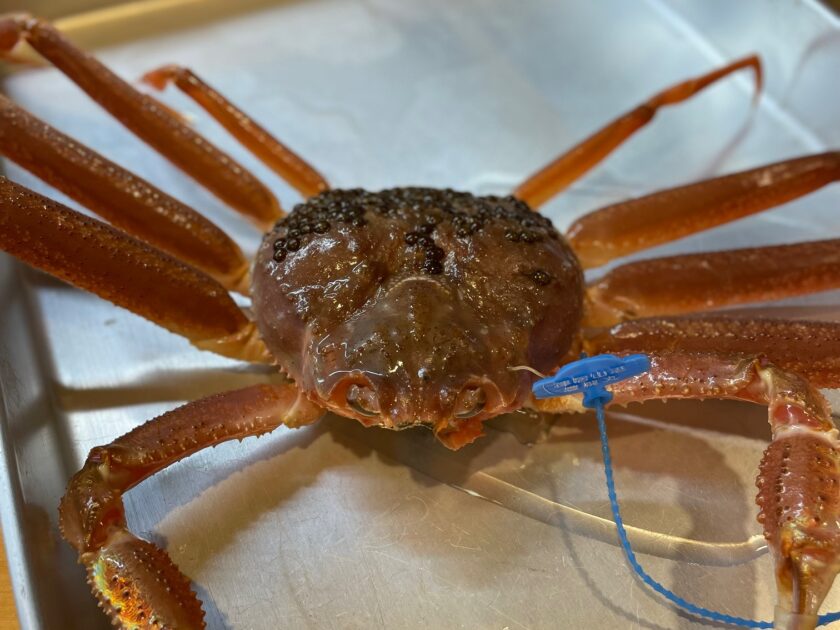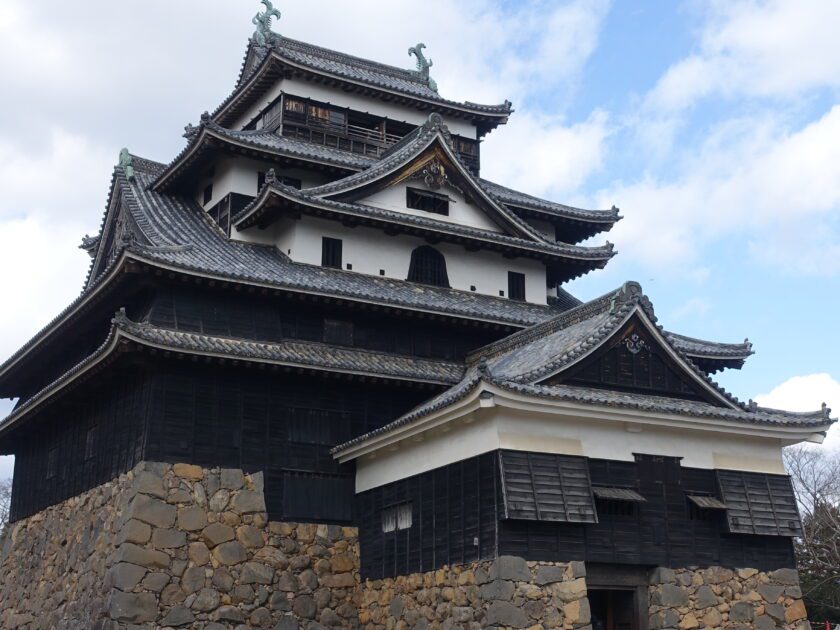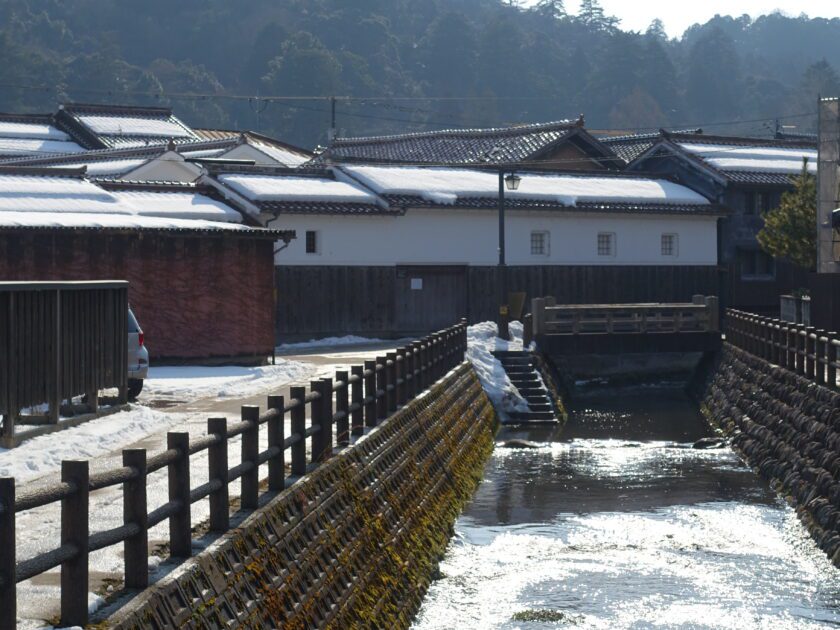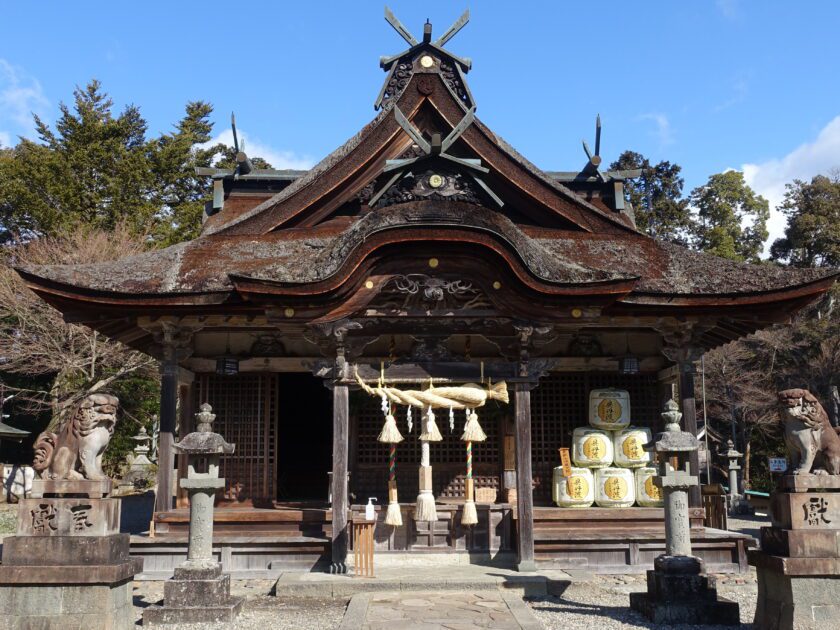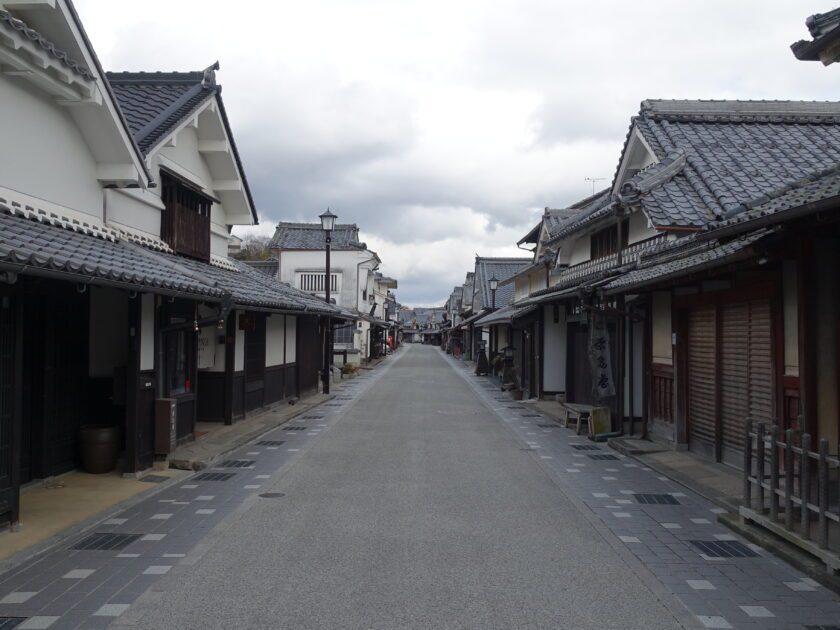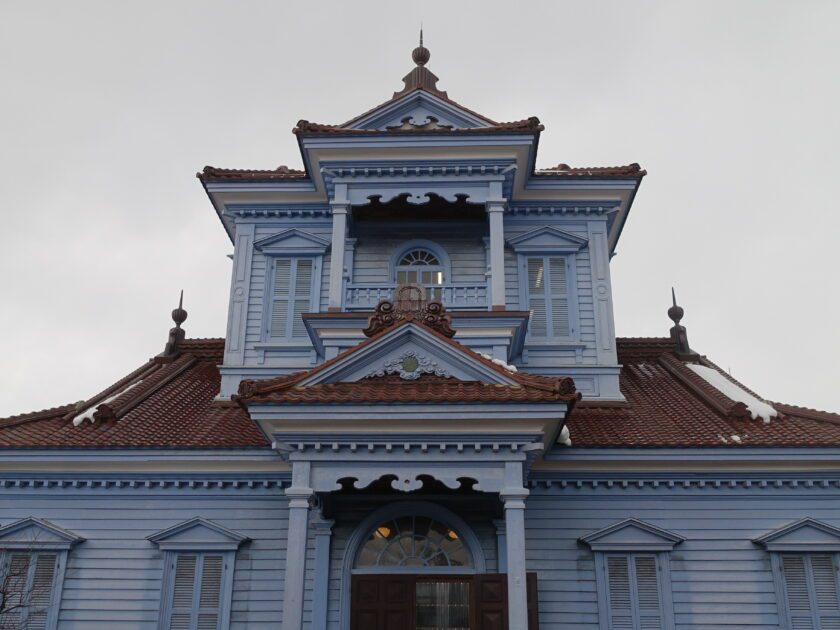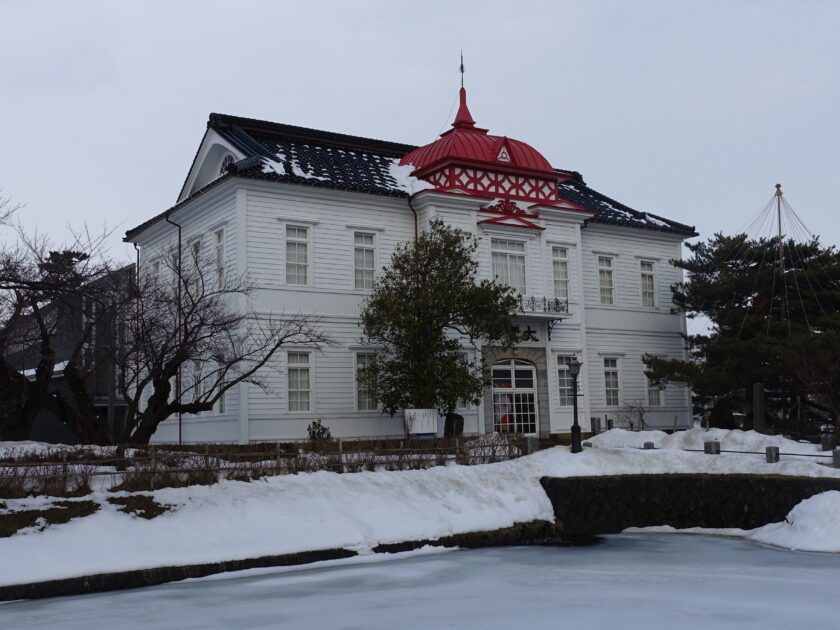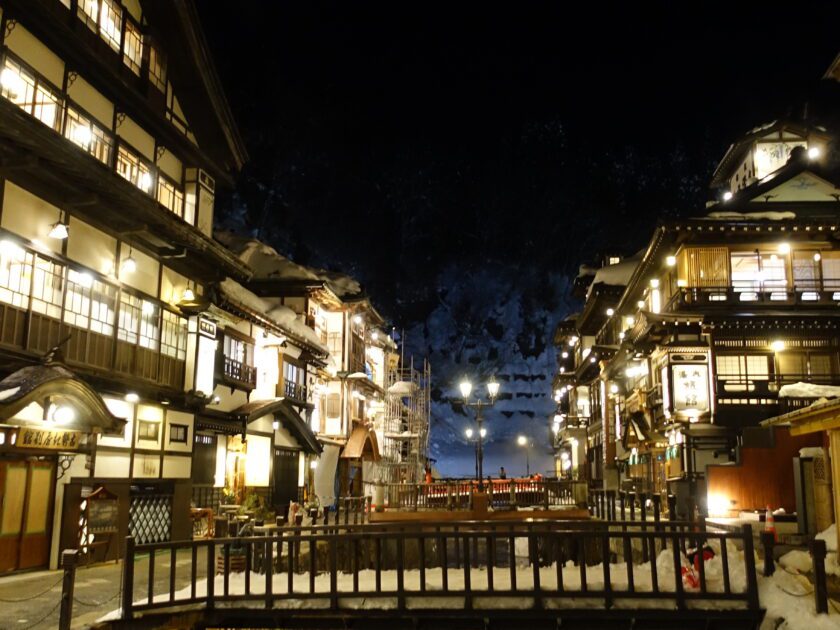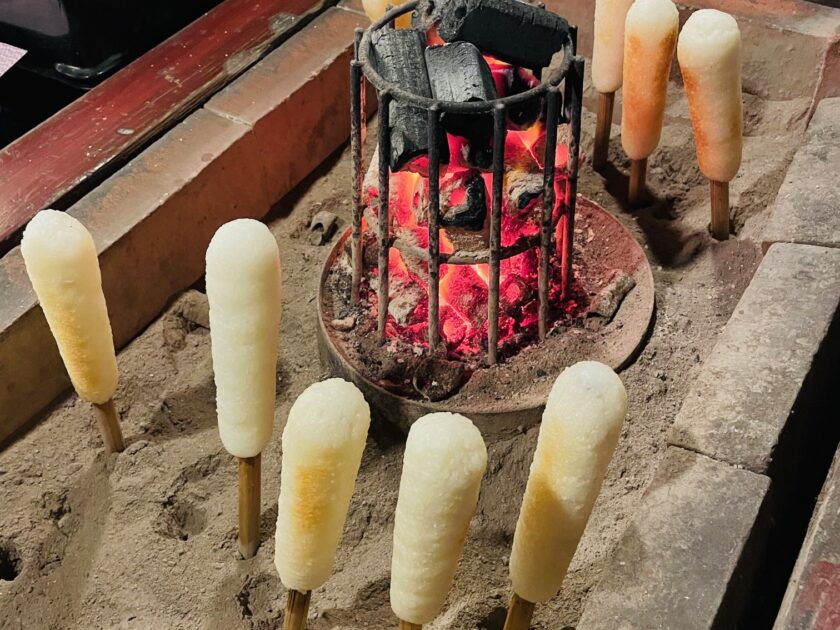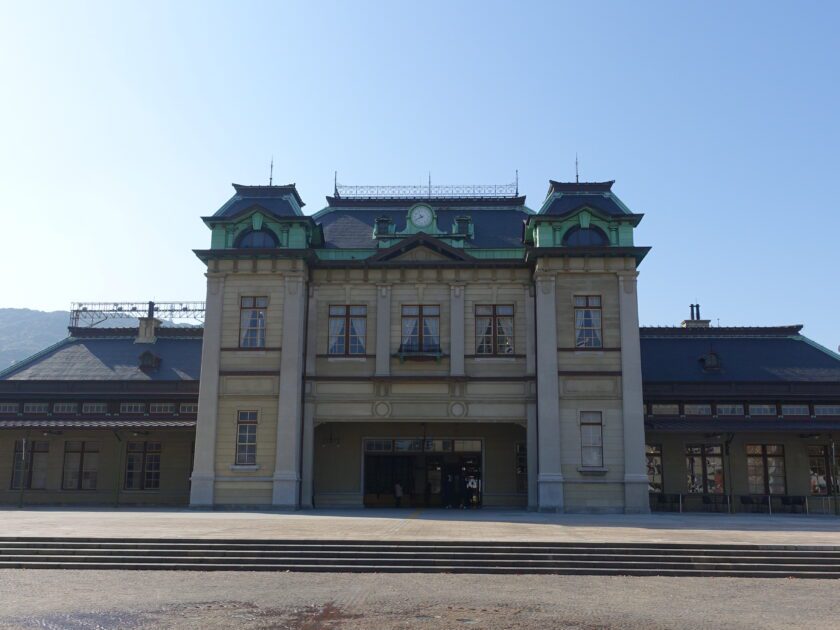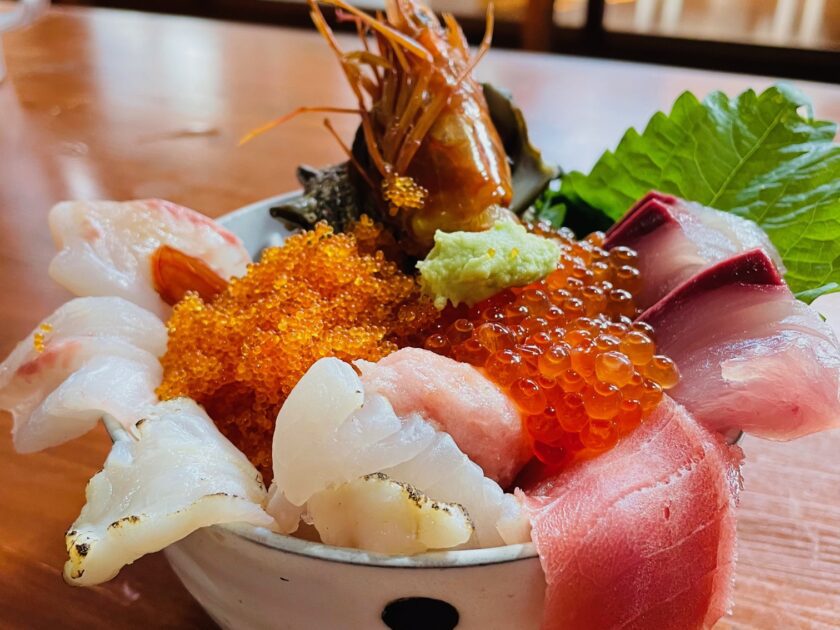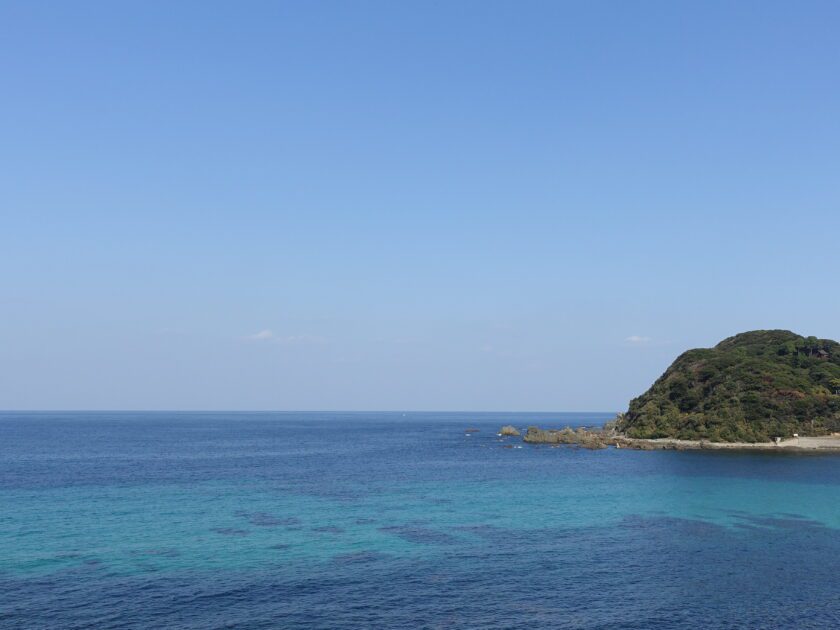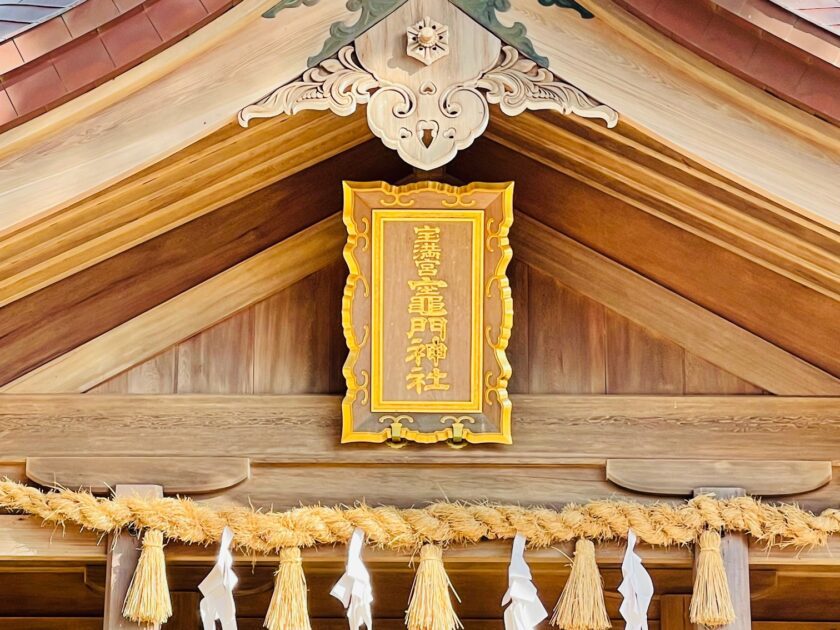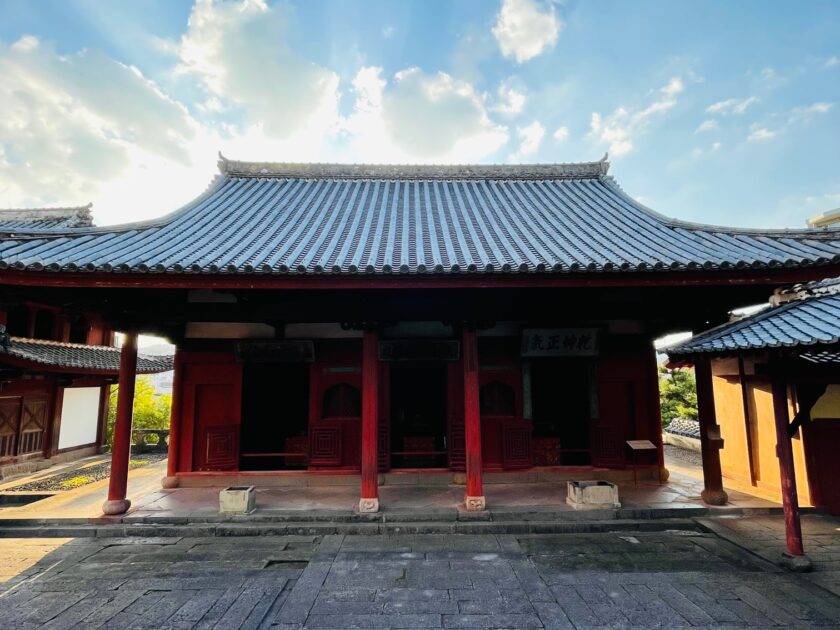An Analysis of the “Travel Divide” (Summary)
An Analysis of the “Travel Divide” (Summary) Table of Contents 1: The Cause of the ‘Travel Divide’ Isn’t Money or Time 2: Heavy Luggage Identified as a Key Factor in Reduced Travel Frequency 3: Decreased Travel Leads to Lower Dementia Risk and Significant Economic Benefits 4: Achieving the SDGs’ Goal of Leaving No One Behind in the Travel Industry The ‘Travel Divide’ refers to the significant reduction in travel frequency among specific groups such as seniors, people with disabilities, and families with infants. This series has explored the background of the ‘Travel Divide,’ its impacts, and strategies for resolution. 1: The Cause of the ‘Travel Divide’ Isn’t Money or Time Data from 2019 shows a 34% decrease in domestic travel and a 72% decrease in international travel for those over 70. There’s also a significant reduction in international travel for people with disabilities and families with infants. The reasons for this decline in travel are intriguing. Source: JTB Travel Yearbook 2020 Source: JTB Travel Yearbook 2020 According to a 2018 survey by the Tourism Agency, the main reasons for not traveling were ‘lack of time’ and ‘household budget constraints.’ However, there is a negative correlation of


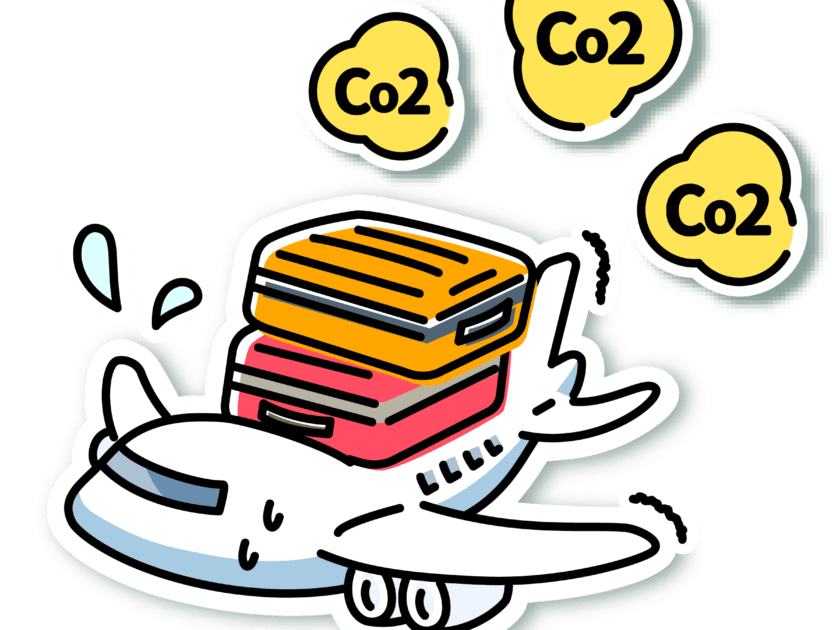

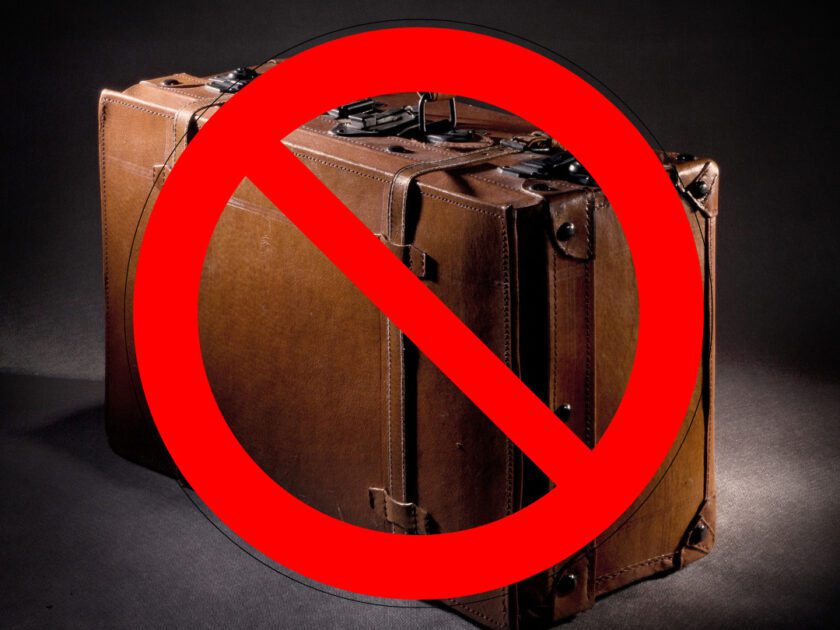

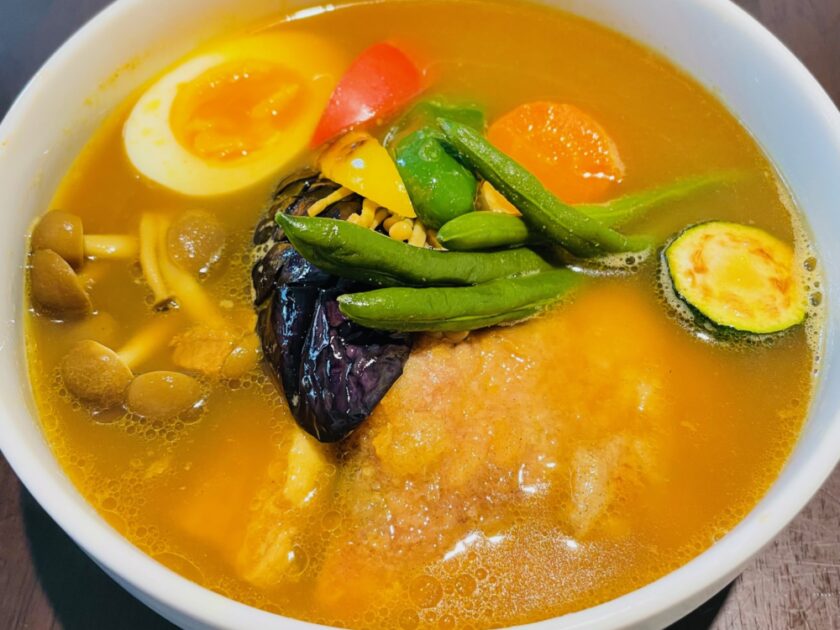
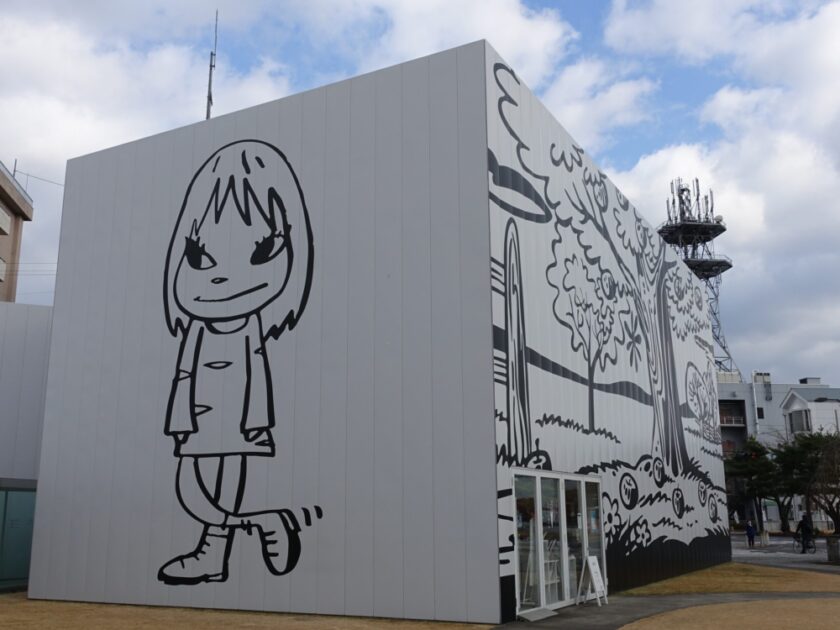

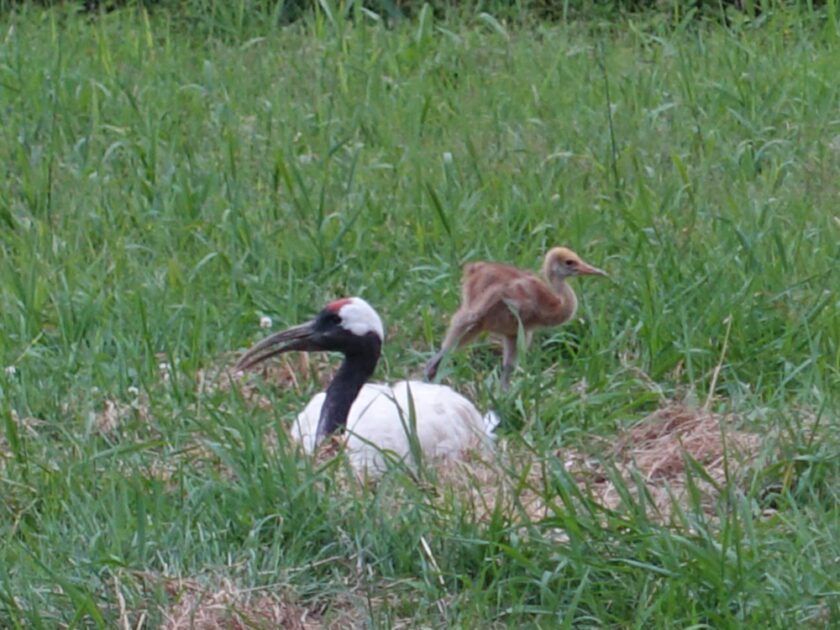
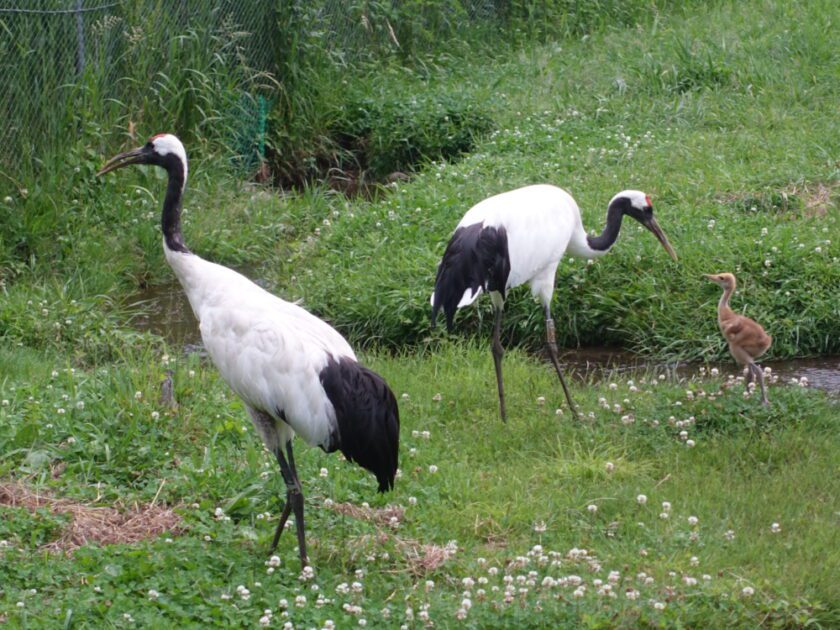

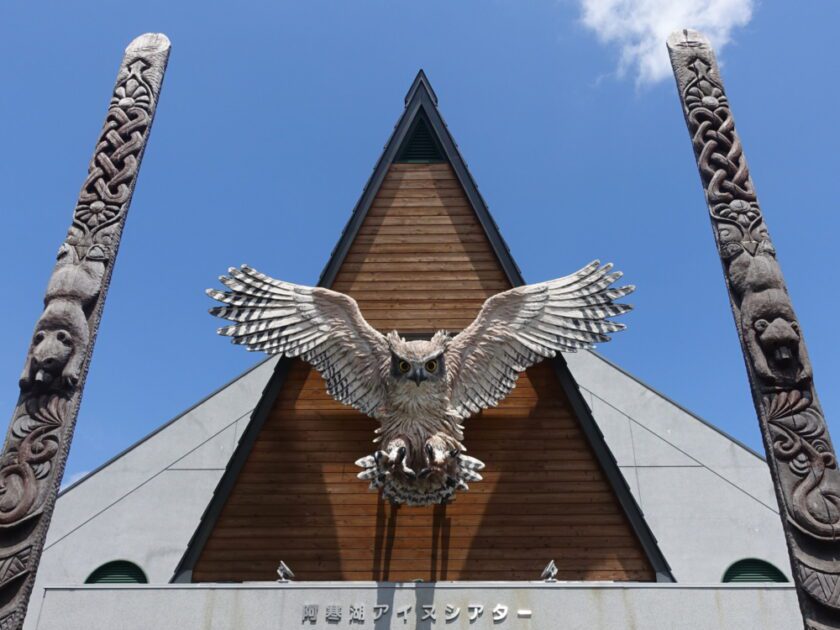

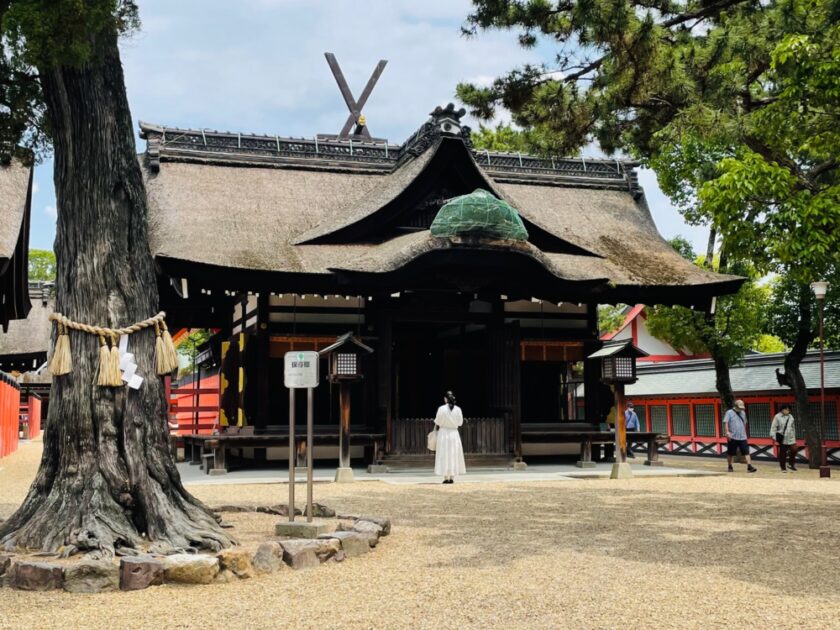

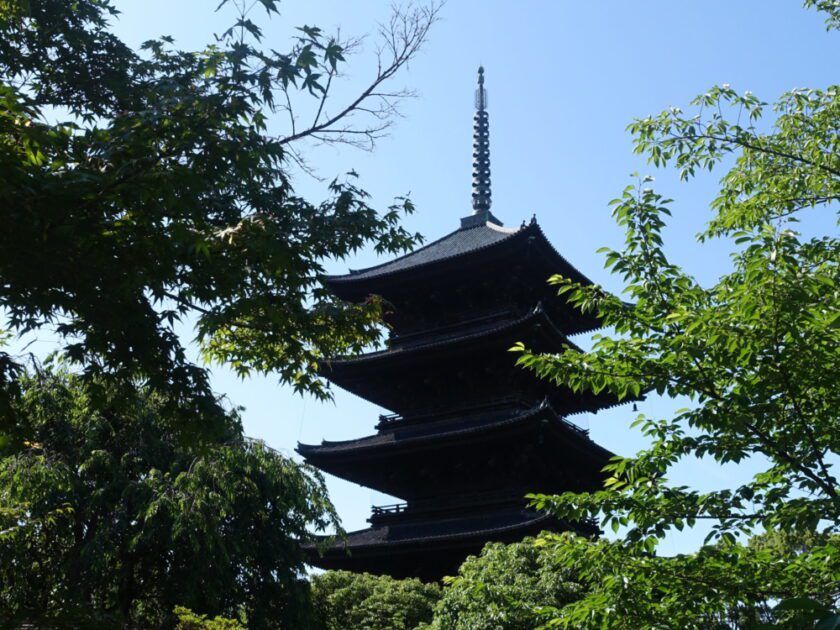
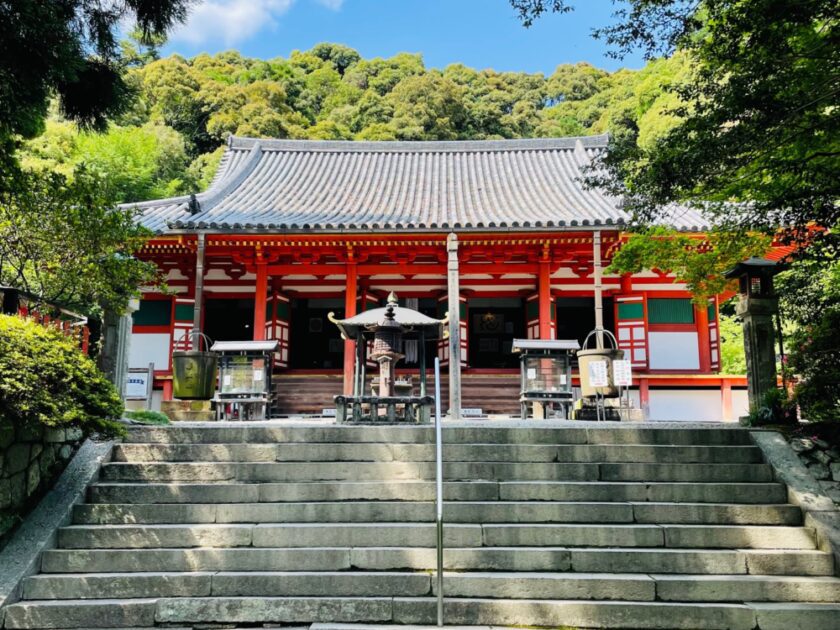


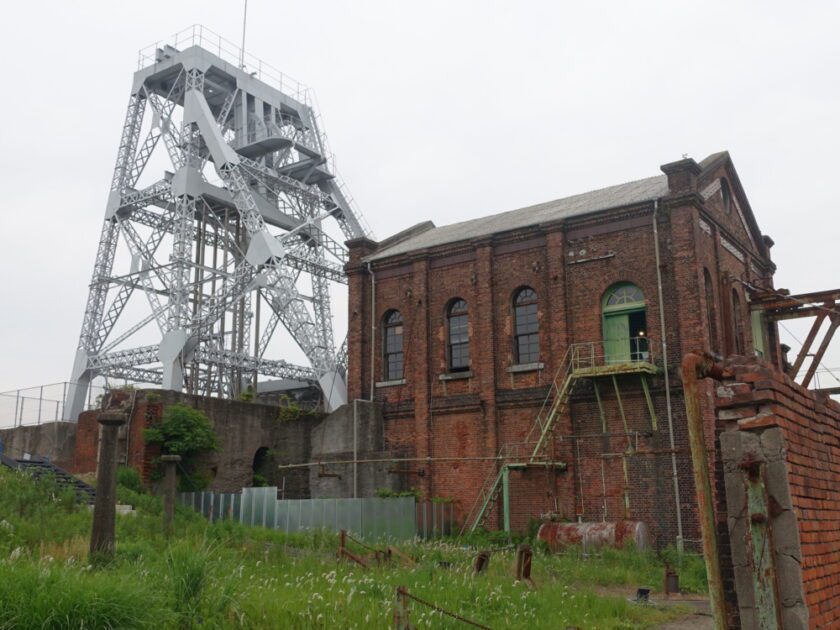

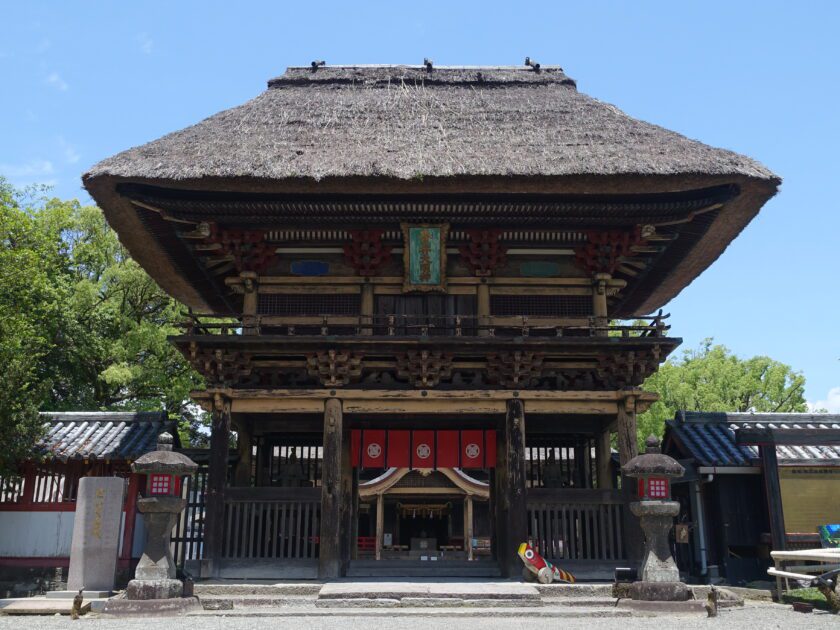

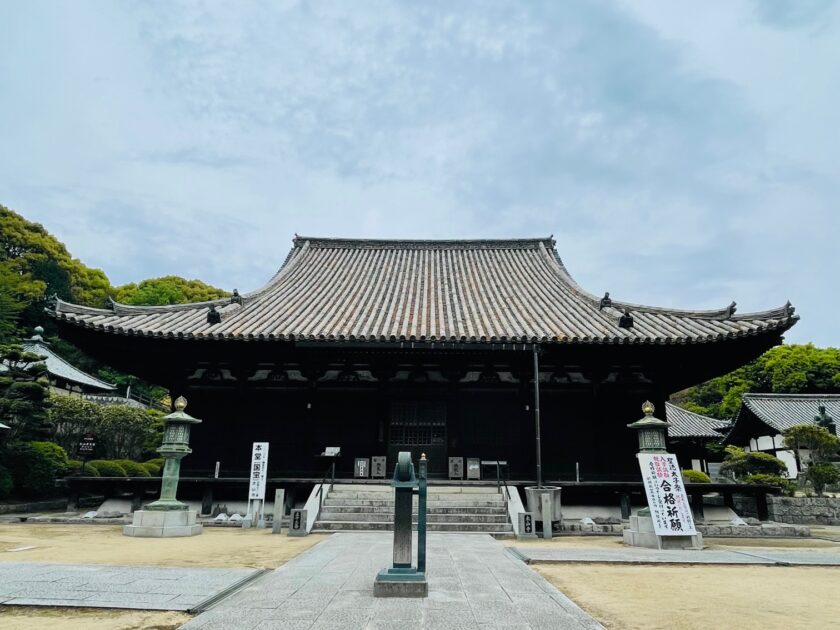



観音-840x630.jpg)
